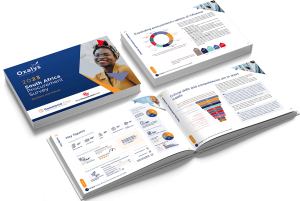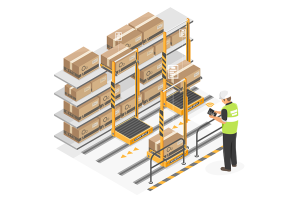[et_pb_section fb_built=”1″ admin_label=”section” _builder_version=”3.22″ global_colors_info=”{}”][et_pb_row admin_label=”row” _builder_version=”3.25″ background_size=”initial” background_position=”top_left” background_repeat=”repeat” global_colors_info=”{}”][et_pb_column type=”4_4″ _builder_version=”3.25″ custom_padding=”|||” global_colors_info=”{}” custom_padding__hover=”|||”][et_pb_text admin_label=”Text” _builder_version=”3.27.4″ background_size=”initial” background_position=”top_left” background_repeat=”repeat” global_colors_info=”{}”] By Maurice Sayinzoga, Senior Manager, Policy & Research, Digital Impact Alliance
By Maurice Sayinzoga, Senior Manager, Policy & Research, Digital Impact Alliance
Digital technology holds the key to sustainable development; however, many countries’ governments struggle to harness the power of digital technology for their citizens. The intricate complexities of public procurement processes and the overwhelming knowledge base of information needed to make sound buying decisions in an ever-changing digital market are an ongoing challenge.
Research by the Digital Impact Alliance (DIAL) has shown that many countries still struggle with several obstacles to ensure efficient and effective acquisition, deployment, and management of digital technology for public service delivery. These obstacles include a procurement function misaligned with national digital transformation ambitions, procurement processes, and standards not harmonized across government agencies, and not suited for digital technology contracting and limited specialized skills.
Hear more international insights on implementing a digital strategy to enable strategic sourcing in the public sector at the upcoming Smart Procurement World Indaba in September 2021
WORKSHOP | Implementation of Strategic Sourcing in the Public Sector from a Digital Perspective
Public procurement is one of the leading implementation instruments available to governments for their digital transformation agenda. Yet, the policies and processes procurement officials are asked to follow often do not fit digital technology acquisition.
DIAL believes that strengthening public procurement mechanisms and establishing digital as a specialization will pay dividends and allow countries to better leverage digital technologies to achieve Sustainable Development Goals and other national development objectives.
Considering such challenges, DIAL developed a Category guide for digital procurement to support public procurers and governments improve their digital technology outcomes. This resource provides guidance in applying digital principles to procurement, identifying skills to meet the project’s long-term needs, measuring total cost of ownership, understanding pricing structures, and supply base, including through DIAL’s online Digital Product Registry, among others.
In developing this Guide, we encouraged a re-think of traditional risk-averse methods and a more significant strategic intent around procurement. The main feature of this guidance is a 14-Step Category Framework, which rolls up into a four-phase category management approach:
• Phase 1 outlines the steps needed to understand the digital category
• Phase 2 assists to develop a program strategy
• Phase 3 is about executing individual projects
• Phase 4 guides the user in how to manage the category and individual projects longer term
Each of the 14 steps across the four phases outlines why it is essential, how to do it, the Principles for Digital Development related to that step and offers tools and templates for download that can be used to carry out associated tasks. As an example, the Digital Product Lifecycle tool available under Phase 1 can help brainstorm costs for all phases of the digital product lifecycle. Once completed, it can assist with program planning, demand aggregation, strategy setting, and input into future total cost modelling. We envisage employees across a range of line ministries such as health, environment, or science, are likely to use this Guide as much as the national procurement authorities themselves.
This Procurement of Digital Technology resource will be a living tool that will be enhanced and adjusted over time, allowing procurers to steer the unique, growing, and essential digital technology market to achieve sustainable development objectives and make economic and durable procurement decisions.
DIAL developed the procurement guide as part of a broader dialogue that started about two years ago, which aims to understand ways government can ensure the suitability of existing public procurement laws and processes for digital technology contracting. This entails establishing the necessary institutions, governance, policies, and technical expertise to support the efficient and effective acquisition of critical digital services and infrastructure for the public.
We hope that such discussions will encourage governments to recognize that public procurement is a strategic lever that plays an essential part in achieving transformation and development goals. We will be continuing this discussion, including at a Smart Procurement World Indaba workshop planned for Tuesday, September 21, 2021, at 09h00.[/et_pb_text][/et_pb_column][/et_pb_row][/et_pb_section]



























